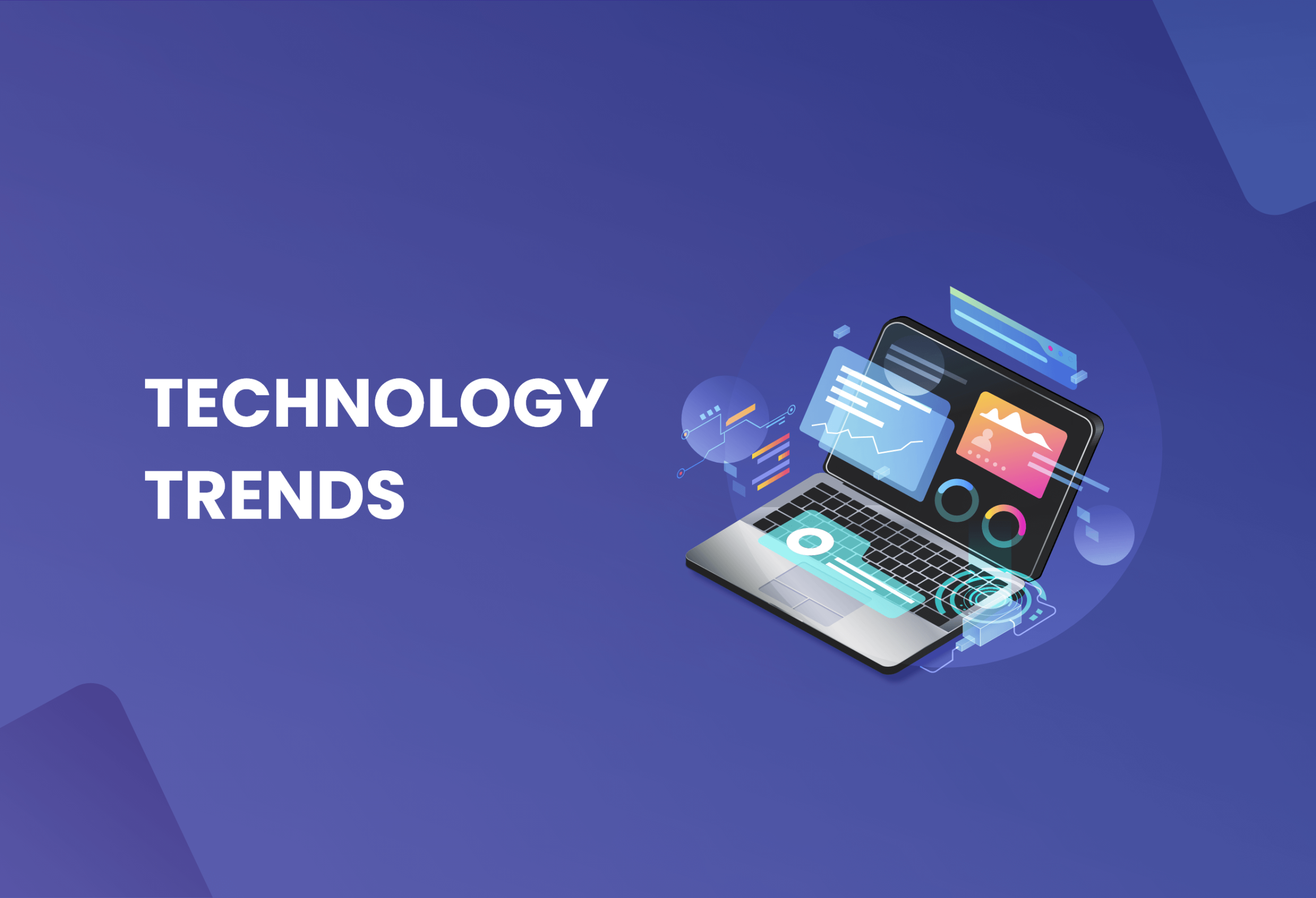Top New Technology Trends for 2022 | The Ultimate List
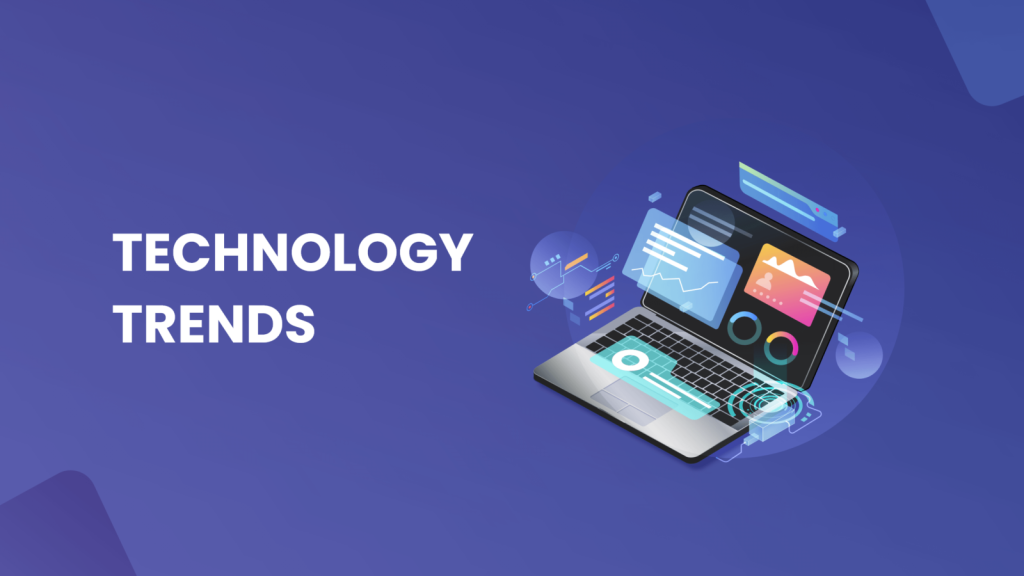
Treientic expects these top technology trends to be game-changers for digital business and innovation in 2022. All the information you need about these technologies and why they’re important is available in this post. At Treinetic, we forecast top technology trends that are essential to the success of businesses every year. The nine top technology trends included in this year’s list will help CEOs provide growth, digitalization, and efficiency. And they will also position CIOs and IT executives as strategic partners inside their organizations.
Our second target audience is job seekers. What does this have to do with job seekers? This entails keeping up with evolving technologies and the latest technology trends. Also, to get a safe and worthwhile job in the future, you must keep an eye on the promising technologies of the future and master the skills you’ll need to do so. The whole planet has bowed to the COVID-19 pandemic. Most of the world’s information technology workforce is sitting back and working from home. We present these top technology trends to watch for in the next year for those who want to make the most of their time at home. Let’s look at:
- Artificial Intelligence and Machine Learning
- Quantum Computing
- Virtual Reality and Augmented Reality
- Blockchain
- Robotic Process Automation (RPA)
- Edge Computing
- The Internet of Things (IoT)
- Cyber Security
- 5G
The Top 9 Technology Trends for 2022
1. Top Technology Trends: Artificial Intelligence (AI) and Machine Learning
With the resurgence of machine learning in the late 1990s, especially with the colossal improvements in GPUs and the advent of tensor processing units (TPUs), artificial intelligence became widespread interest in the community. Although many subdomains are still under ongoing and extensive research, artificial intelligence continues to be one of the top technology trends because of its significant effects on how we live, work, etc. AI is already well-known for its supremacy in various applications, including ride-sharing apps, image and voice recognition, navigation apps, smartphone personal assistants, and a slew of other applications.
Other ground-breaking AI technologies include:
LaMDA by Google: A Generative Conversation Model where conversation dialogues are generated based on a user’s interactions, ideally never following the same conversation twice.
Duplex by Google: A technology for conducting natural language conversations, even with the nuances that would make the other person engaging in conversation completely perplexed about whether or not they are talking with an AI model.
Deep Learning has impacted the biomedical industry so much that it has even helped identify potential drugs for COVID-19. In fact, there was a contest on a popular hackathon platform at the very early stages of the pandemic. Some models were developed to generate candidate structures for organic molecules for drugs. Furthermore, properly trained models are being used to detect benign and malignant tumors in X-rays and other forms of medical imaging. These have assisted doctors primarily in identifying tumors that they would be missed if done manually.
The technology will also assist in estimating demand for services like hospitals, allowing authorities to allocate resources better. Additionally, AI will assist in detecting client behavior trends by analyzing data in near real-time. And this results in increased revenues and improved tailored experiences.
The AI market
Global investment in cognitive and AI systems will reach over $57 billion by 2022, making the AI business a $190 billion industry by 2025. Due to the expansion of AI throughout several industries, new employment will be generated in various fields such as programming, software development, data engineers, machine learning engineer, data scientist, AI engineer and so on. On the other hand, AI pays some of the highest incomes available today. For example, with rates ranging from more than $1,25,000 per year for machine learning engineers to over $145,000 per year for AI architects. And this makes it one of the top technology trends to keep an eye on.
Machine learning, a subset of artificial intelligence, is also being used in many industries, generating a significant need for individuals highly skilled at training and optimizing machine learning models and their parameters, deciding which machine learning algorithms to apply for different problems. According to Forrester, artificial intelligence, machine learning, and automation will generate 9 percent of new employment in the United States by 2025. And these new job positions may include machine learning engineers, data scientists, content curators, robot monitoring experts, automation specialists, etc. Without a doubt, these factors make machine learning one of the top technological trends you should be aware of.
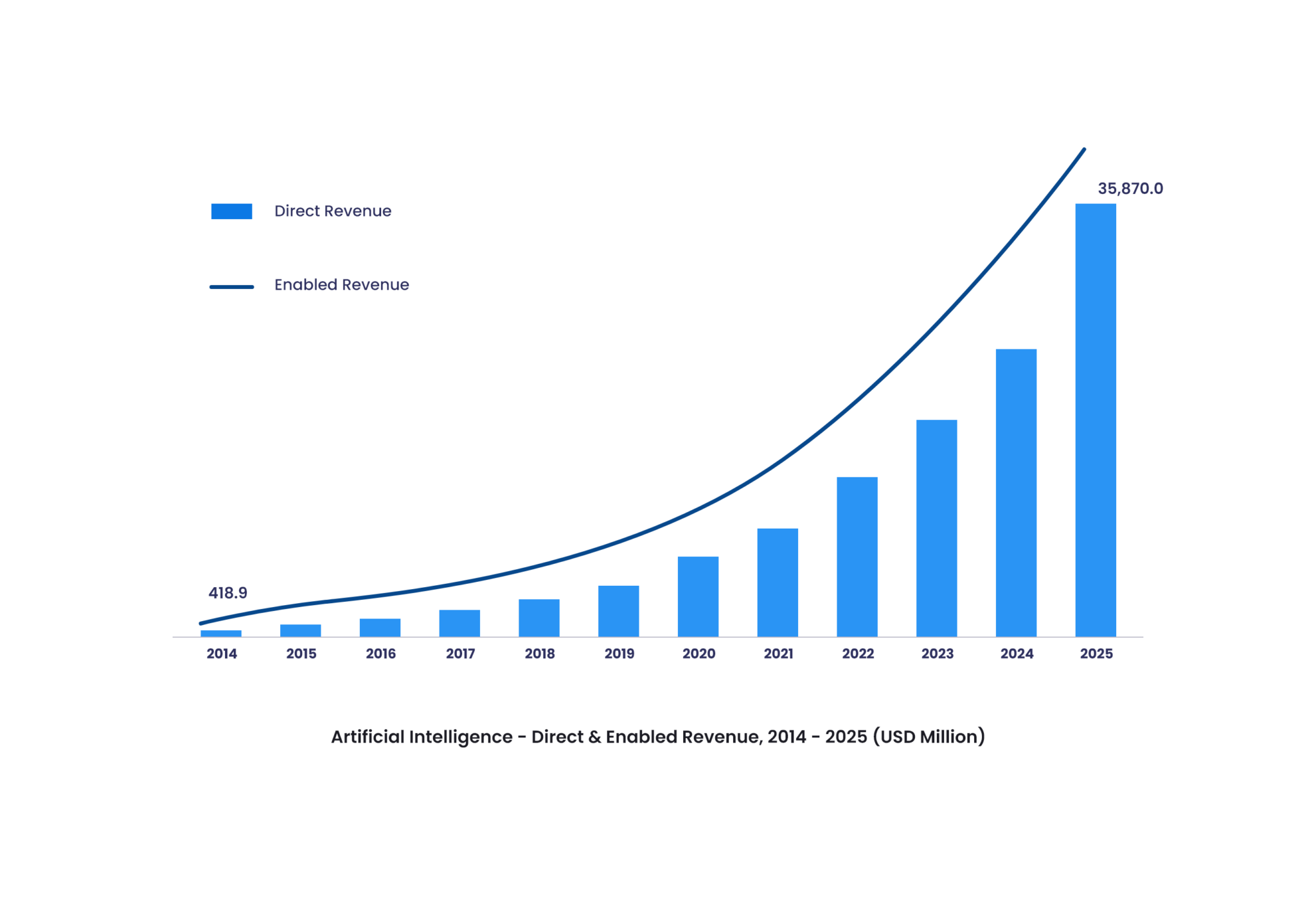
Mastering artificial intelligence and machine learning can help you get jobs in fields such as:
- The AI Research Scientist
- AI Engineer
- AI Architect
- Machine Learning Engineer
2. Quantum Computing
Quantum computing, a type of computing that uses quantum phenomena such as superposition and quantum entanglement, is the next notable technological development. Because of its capacity to query, monitor, analyze, and act on data from various sources, making predictions and simulating different scenarios based on the spread of the coronavirus was far more accurate, and the same worked out with the vaccine development. Banking and finance are two more fields where quantum computing is finding applications. It can be used to control credit risk and identify fraud in high-frequency trading and other high-risk activities.
What makes this one of the top technology trends in 2022? Quantum computers currently outperform conventional ones in terms of speed and the number of possible calculations. And several well-known companies, like AWS, Google, Splunk, Honeywell, Microsoft, and others, are actively engaged in developing new technologies in this sector. By 2029, it is expected that the worldwide quantum computing industry will have reached $2.5 billion. And, to create a name for yourself in this emerging field of technology, you’ll need to be familiar with linear algebra, probability, higher order calculus, quantum mechanics, special theory of relativity (to a certain extent), information theory, etc.
3. Virtual Reality and Augmented Reality
Virtual Reality (VR), Augmented Reality (AR), and Extended Reality (ER) are the next top technology trends in 2022 and coming years. This technology immerses the user in an environment, while augmented reality enriches the user’s environment with virtual entities. And this has mostly been used for gaming so far. But now, it’s becoming popular in training, as in the case of VirtualShip, a simulation software used to train captains of U.S. Navy, Army, and Coast Guard ships. And this is even becoming popular in virtual meetings and reaching many casual interactions as well, such as Metaverse by Meta.
According to predictions, this type of technology will continue to be incorporated into our lives by 2022. AR and VR are often used in conjunction with some of the other emerging technologies we’ve discussed in this list. And they have excellent potential in various applications, including industrial training, entertainment, education, marketing, and even injury rehabilitation. It is possible to utilize it either to train surgeons to do surgery, provide museum visitors with a more in-depth experience, enrich theme parks, or even increase marketing.
Interesting facts
In 2019, 14 million augmented reality and virtual reality gadgets were sold. The worldwide augmented reality and virtual reality industries could reach $209.2 billion by 2022. And this will result in additional opportunities in rapidly evolving technology and the recruitment of more people who are ready to work in this game-changing sector.
Developing VR environments is, in fact, another level of graphics programming and requires a higher degree of expertise in projections, visualizations, and even in linear algebra as well. However, a programmer who might not be an expert on the aforementioned aspects, would be able to easily utilize already developed environments and applications. So, this is one of the top technology trends to pay attention to in 2022.
4. Blockchain
Without a doubt, this is one of the top technology trends on the rise. Even though most people associate blockchain technology with cryptocurrencies like Bitcoin, it provides security in various contexts. When it comes down to its most basic definition, blockchain data is characterized as data that can only be added to, not removed from, or changed. You are creating a data chain, so the word “chain” is used. The fact that it is impossible to modify the previous blocks makes it so safe. Furthermore, since blockchains are consensus-driven, no one body can exercise control over the data. To manage and verify transactions on the blockchain, you do not need a third party.
Several sectors are participating in the implementation of blockchain technology. Moreover, as the usage of blockchain technology grows, so does the need for trained individuals. A blockchain developer specializes in the development and implementation of blockchain-based architecture and solutions from a high level of perspective.
There has never been a better opportunity to get started if you’re interested in the blockchain and all of its potential uses and want to build a career around it. Programming languages, data structures, algorithms, web app development, and networking are necessary skills to enter the blockchain industry. Those who lack these skills will have a hard time getting in. So, are you ready to adopt this as one of the top technology trends in 2022?

5. Top Technology Trends 2022: Robotic Process Automation (RPA)
Robotic Process Automation, or RPA, is another technology automating occupations, similar to other popular technological developments such as artificial intelligence. Applications, transaction processing, data management, and even email replying are automated using RPA software. Thanks to RPA, you can automate tedious and time-consuming operations formerly performed by humans as users of computers.
Forrester Research’s projection warns that RPA automation would endanger the lives of 230 million or more knowledge workers, or around 9 percent of the global workforce. On the other hand, RPA is also generating new employment and modifying current occupations. According to McKinsey, fewer than 5% of occupations can be fully automated, while over 60% can be partially automated. Until strong AI becomes a reality, with RPA, only redundant jobs will be rendered obsolete.
RPA provides a wide range of job prospects for IT professionals when it comes to future technology trends. These may include RPA developers, RPA analysts, project managers, business analysts, solution architects, etc. All these facts and statistics make RPA one of the top technology trends.
Mastering RPA can assist you in obtaining high-paying employment such as:
- RPA Developer
- The RPA Analyst
- RPA Architect
6. Edge Computing
With the rise of AWS (Amazon Web Services), Microsoft Azure, and Google Cloud Platform, cloud computing has become an important technology trend to keep an eye on. More and more firms are migrating to cloud computing, fueling the continued growth of the cloud computing industry. However, it is no longer considered an emerging technology trend. It’s edge computing that has become the new focus.
Cloud computing’s drawbacks have become more evident as many data companies dealing with them grow. When it comes to cloud computing’s latency, edge computing is highly beneficial and effective as an alternative method of delivering data to data centers. Edge computing is becoming more popular to handle time-sensitive data in remote locations with limited or no access to a centralized site. Edge computing can serve as a small data center in these circumstances. Additionally, it would help save bandwidth.
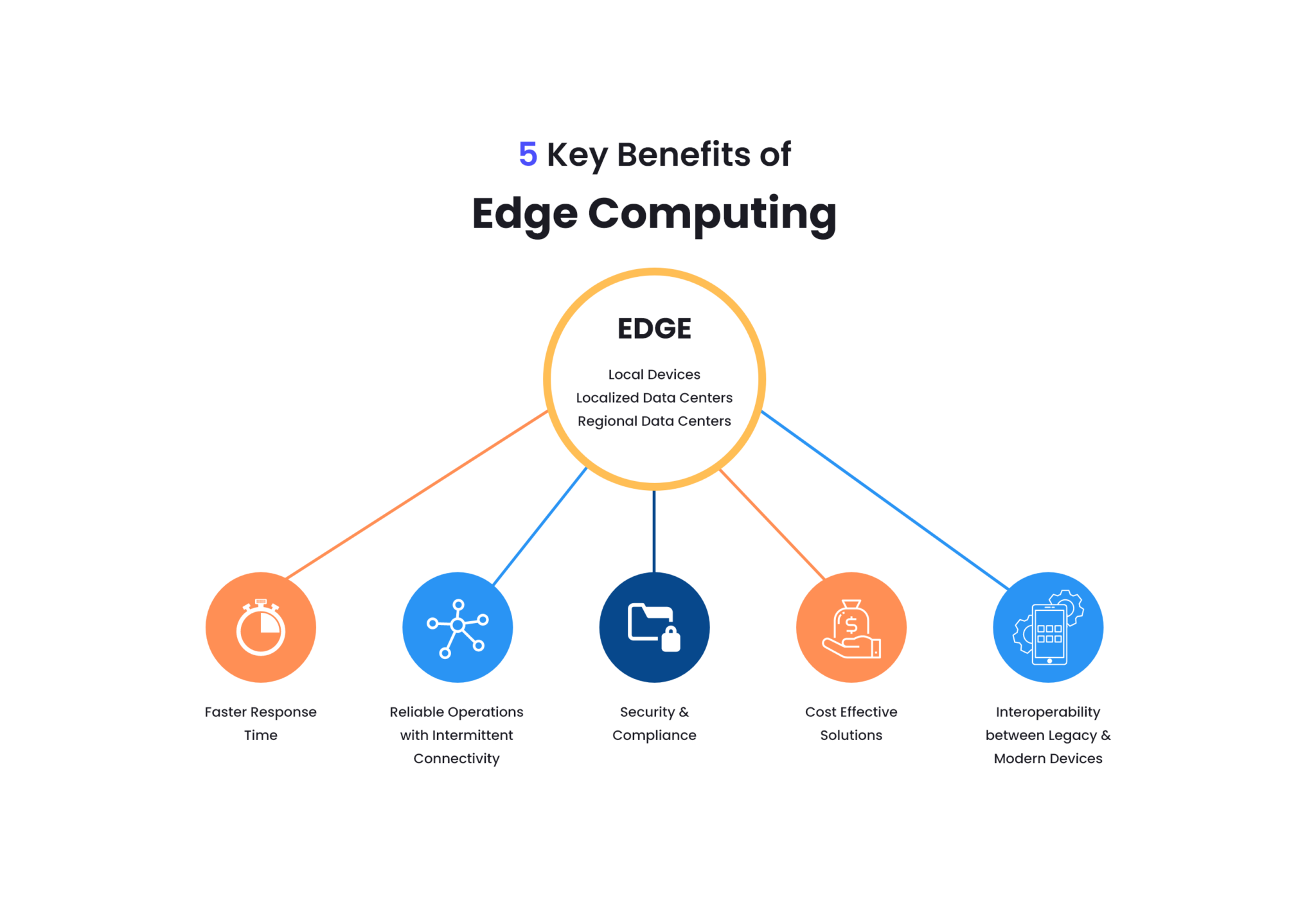
The growth of edge computing
As the number of Internet of Things (IoT) devices grows, the utilization of edge computing will also grow. Most IoT applications produce a huge amount of data, and this data is usually processed on cloud servers. Hence, the data is required to be transferred to storage servers beforehand. The servers processing this data will access this data, and hence edge computing will come into play. According to forecasts, the worldwide edge computing industry will reach $6.72 billion by 2022. There is little doubt that this new technological trend will continue to expand, increasing the need for software engineers and other related professions.
Cloud computing, as well as new-age edge and quantum computing, can help you get high-paying positions like:
- Cloud Architect and Security Architect
- The cloud Reliability Engineer
- Cloud Infrastructure Engineer
- DevOps Cloud Engineer
7. Internet of Things (IoT)
IoT is among the top technology trends to watch in 2022. The inclusion of WiFi connection in many “things” now means that they may be connected to the Internet—as well as to each other. Therefore, the Internet of Things (IoT) is the future and has already enabled devices to connect to the Internet and share data.
We’re already reaping the benefits of the IoT as customers. Using our Fitbits, we can lock our doors remotely if we fail to do so before we leave for work, as well as pre-heat our ovens on our way home. On the other hand, the business community stands to earn significantly both now and in the foreseeable future. Data gathered and processed by the IoT may help organizations improve their safety, efficiency, and decision-making. In addition to enabling predictive maintenance, it can also speed up medical care, enhance customer service, and provide other advantages that we haven’t yet thought of.
The growth of IoT
Estimates show that by 2030, around 50 billion of these Internet of Things devices will be in use throughout the globe. And this will create a massive network of connected devices that will include anything and everything, from smartphones to kitchen appliances. In 2022, global spending on the IoT is expected to exceed 1.1 trillion US dollars. New technologies like 5G are projected to propel the industry forward in the coming years.
Those who want to work in this rapidly evolving field must learn about information security, embedded programming, etc. Computer architecture and electronic engineering expertise would also be required for more complex development processes.
8. Cyber Security
Given that cyber security has been around for quite some time, it may not seem to be one of the top technology trends. Nevertheless, it is advancing in the same way that other technologies are. This is partly because new threats are continually emerging. Malevolent hackers attempting to get illicit access to data will not give up anytime soon. And they will continue to develop methods to defeat even the most stringent security measures. It’s also partly because new technology is being adopted to improve security. Security will continue to be a popular technology as long as hackers contend with it. And that’s because cyber security will always advance to combat those hackers. Moreover, sometimes data can leak off, and hackers might not be aware of such a leak. Cyber security experts must find these sorts of data leaks, security holes, and even issues with cryptographic algorithms.
The fact that the number of cyber security positions is expanding three times faster than the number of other tech occupations is evidence of the high need for cyber security specialists. Gartner predicts that, by 2025, 60% of enterprises will view cyber security risk as a major factor in undertaking third-party transactions and commercial engagements with third parties.
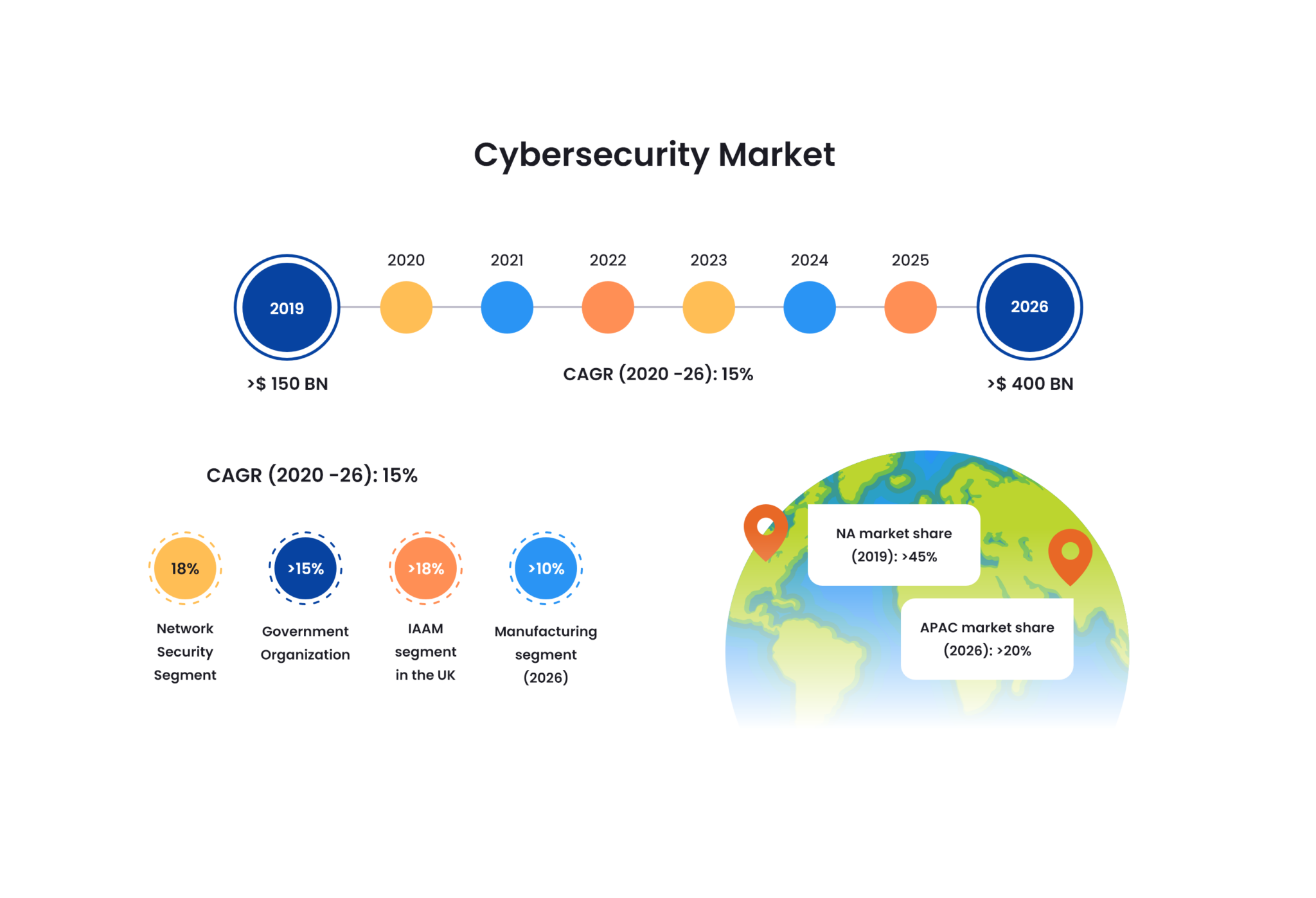
9. 5G
The last of our top technology trends in 2022 is 5G. Previous generations of mobile technology allowed us to browse the internet, access data-driven services, increase bandwidth for streaming on Spotify or YouTube, and do so much more. And the next generation (5G) of mobile services will completely transform our lives and society. The significance of 5G is faster data rates, higher traffic capacity, and network efficiency, in addition to cloud-based gaming services such as Google Stadia, NVidia GeForce Now, and other similar services. HD cameras that aid with safety and traffic management, smart grid control, and smart retail are all likely to make use of this technology soon.
Everyone from Verizon to T-Mobile to Apple to Nokia to QualComm is working on 5G applications. 5G networks will be available in 40 percent of the globe by 2024. It will handle 25% of all mobile traffic data. So, 5G is one of the top technology trends to keep an eye on and put some money aside for. And if someone is interested in 5G technologies and loves to indulge in a career related to the development of 5G, electrical and telecommunication engineering knowledge would help to a greater degree. Networking knowledge will also be presented as a must.
Our Final Thoughts on the Top Technology Trends in 2022
We at Treinetic are well aware that different trends will have varying effects on different businesses in many ways. The close integration of most trends means that different combinations of technology will be needed to compete at different points in the business growth cycle. The awareness of CIOs and IT executives of their firms’ short- and long-term business goals will be critical in determining which trends will be the most important to watch.
As an award-winning software engineering firm, we are keen on these top technology trends and look for ways to adapt them to our services.

